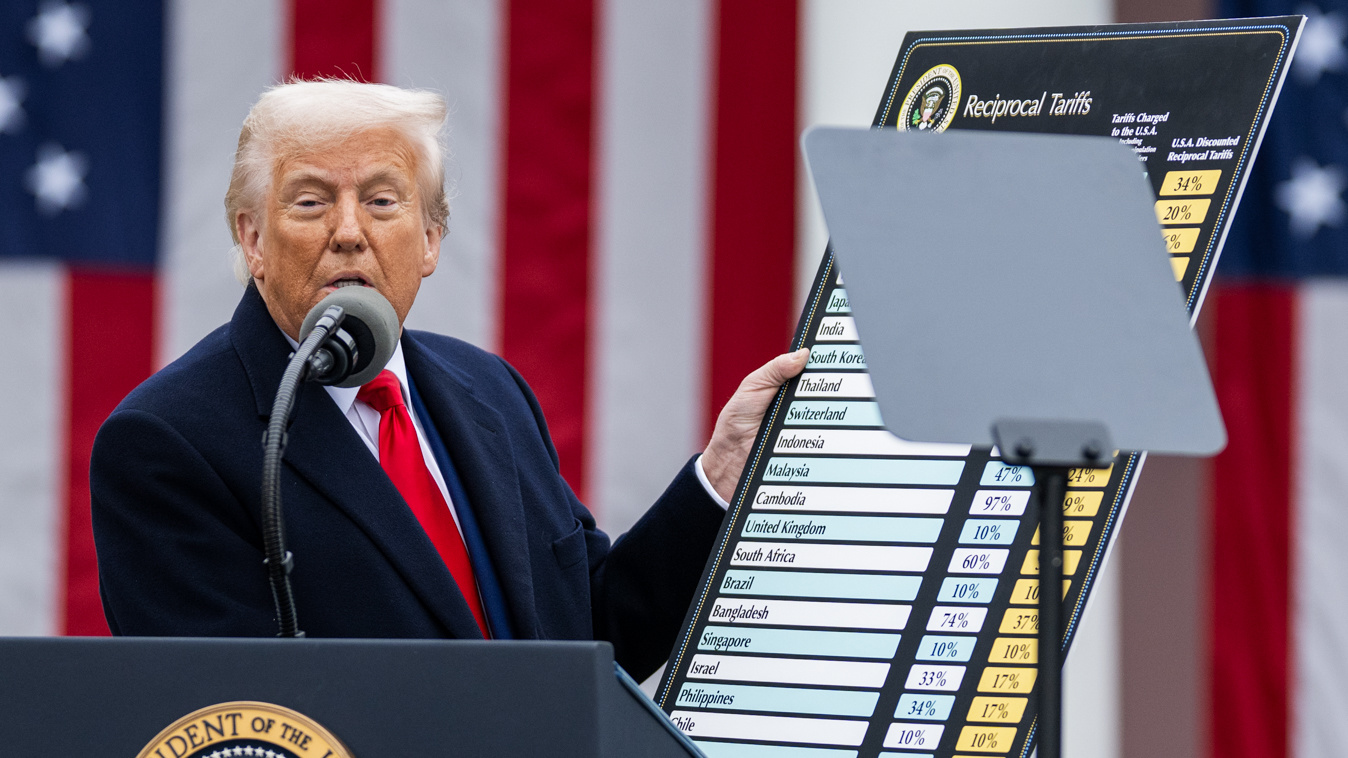
This week, President Obama announced the completion of negotiations on the proposed Trans-Pacific Partnership (TPP). The TPP, which is likely to drive down middle-class wages and increase offshoring and job loss, has been widely criticized by leading members of Congress from both parties. Hillary Clinton, Bernie Saunders, and other presidential candidates have announced their opposition to the deal.
[by Robert E. Scott | October 9, 2015 | Economic Policy Institute]
Meanwhile, U.S. jobs and the recovery are threatened by a growing trade deficit in manufactured products, which is on pace to reach $633.9 billion in 2015. This deficit exceeds the previous peak of $558.5 billion in 2006 by more than $75 billion. The increase in the manufacturing trade deficit in 2015 alone will amount to 0.5 percent of projected GDP, and will likely reduced projected growth by even more as manufacturing wages and profits are reduced.
The growth of the manufacturing trade deficit is starting to have an impact on manufacturing employment, which has lost 27,300 jobs since July 2015, as shown in Figure B, below. Growing exports support U.S. jobs, but increases in imports cost jobs, so even if overall exports are growing, trade deficits hurt U.S. employment—especially in manufacturing, because most traded goods are manufactured products. Although the United States had regained more than 800,000 manufacturing jobs since 2010, the low point of the manufacturing collapse after the great recession, overall manufacturing employment is still 1.4 million jobs lower than it was in December 2007.
What’s behind our growing trade deficits? Currency manipulation by Japan, China, and other countries is a leading cause —both before and since the Great Recession. Recent years have also seen developments like slow European growth lead to sharp increases in the dollar, even against currency that are freely tradeable. The real value of the U.S. dollar has increased nearly 20 percent against major currencies since June of 2014. Meanwhile, China recently moved to devalue its currency again, triggering devaluations and falling currencies in TPP countries such as Vietnam, Malaysia, and Australia. Currency devaluations could easily offset the benefits of tariff cuts obtained in the TPP agreement.
If the administration were serious about encouraging a sustainable manufacturing recovery, it would have made ending currency manipulation a top priority. Ending currency manipulation could create between 2.3 and 5.8 million U.S. jobs over the next three years, and 40 percent of those jobs would be in manufacturing. It should have started by including enforceable standards prohibiting currency manipulation in the TPP, as proposed by Congressman Levin. However, the administration refused to take even this modest step. Instead, the U.S. Treasury announced this week that they are “working to strengthen… cooperation… on exchange rate issues, in appropriate fora.” In other words, Treasury won the turf fight and will continue to mismanage exchange rates as they have in the past, aided in this case by a meaningless side-agreement to the TPP.
Building a real, sustainable recovery in manufacturing will require making manufacturing a top priority. Instead, the administration has put most of its most significant effort into negotiating the TPP, a trade deal and investment deal that is likely to increase outsourcing and drive down wages for most U.S. workers. It was a bad choice. Congress should reject the TPP and demand that the administration take meaningful steps to end currency manipulation and build a sustainable manufacturing recovery.












